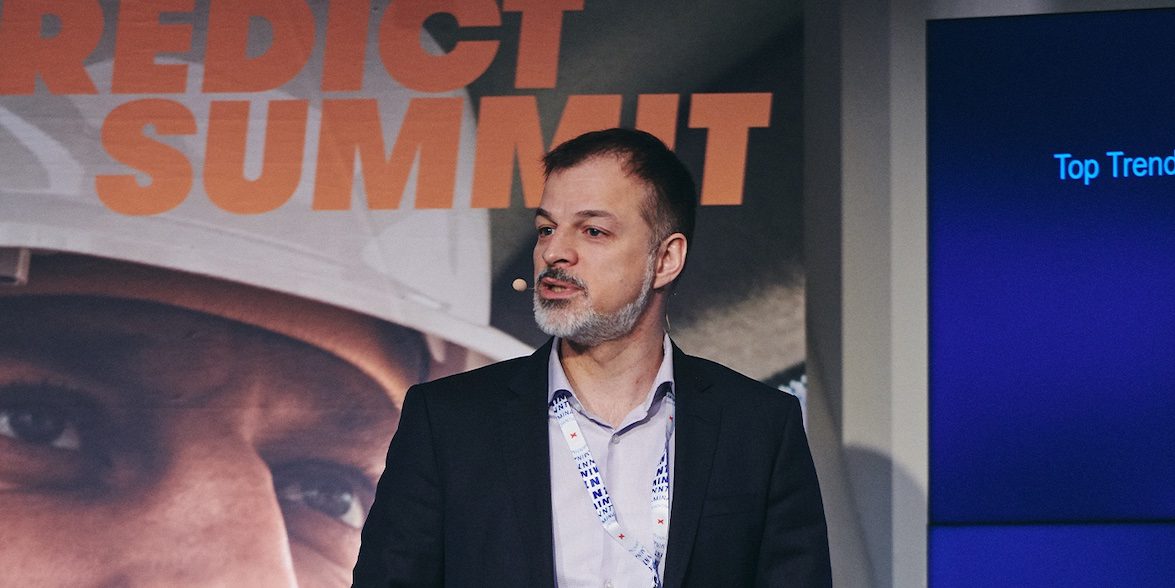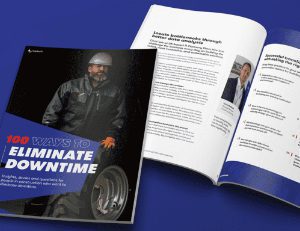

20 years ago, I built my first AI – It scared me to see how it out-performed the ‘expert’, Me! AI is not new or magic, it is as old as mathematics and there is a lot of value behind it. We are a $10 trillion industry – construction builds a Paris sized city every 5 days.
We are an old industry using mathematics for thousands of years, so we should be ahead of the game on AI.
Productivity – 90% of projects do not meet the timeline, 40% exceed budget
Labor shortage – Ageing workforce, difficulty in attracting talent
Climate change – Sustainability and real effect of extreme weather impacting projects
The good news is investment in construction technology has massively increased:
The steam engine changed the world by improving labor productivity by 0.3%, AI will impact labor productivity by 1.2% – Watch out world!
Björn Bringman
Construction is currently low on AI adoption, but has similarities with other industries where it can borrow this ‘general purpose’ technology to leap-frog development. It can be leveraged across the value chain.
Use Case “AI-enhanced predictive maintenance“:
AI can undertake the repetitive, possibly dangerous activity that workers are not efficient at doing, allowing them to concentrate on effective work. Construction sites are complex environments, so are we surprised that the average worker is inactive 57% of their working time?
AI’s great benefit is the capability to digest many hundreds of variables a continuous basis – this allows AI to predict, optimize, simulate and prescribe solutions – a Learning Organization.
For AI to be successful – Owners and contractors must collaborate in new ways. Start with a good lighthouse project: Strong leadership, fast path to value, high feasibility, a project that others can learn from.
Watch the full key note here:

Never miss an insight. We’ll email you when new articles are published on this topic.


